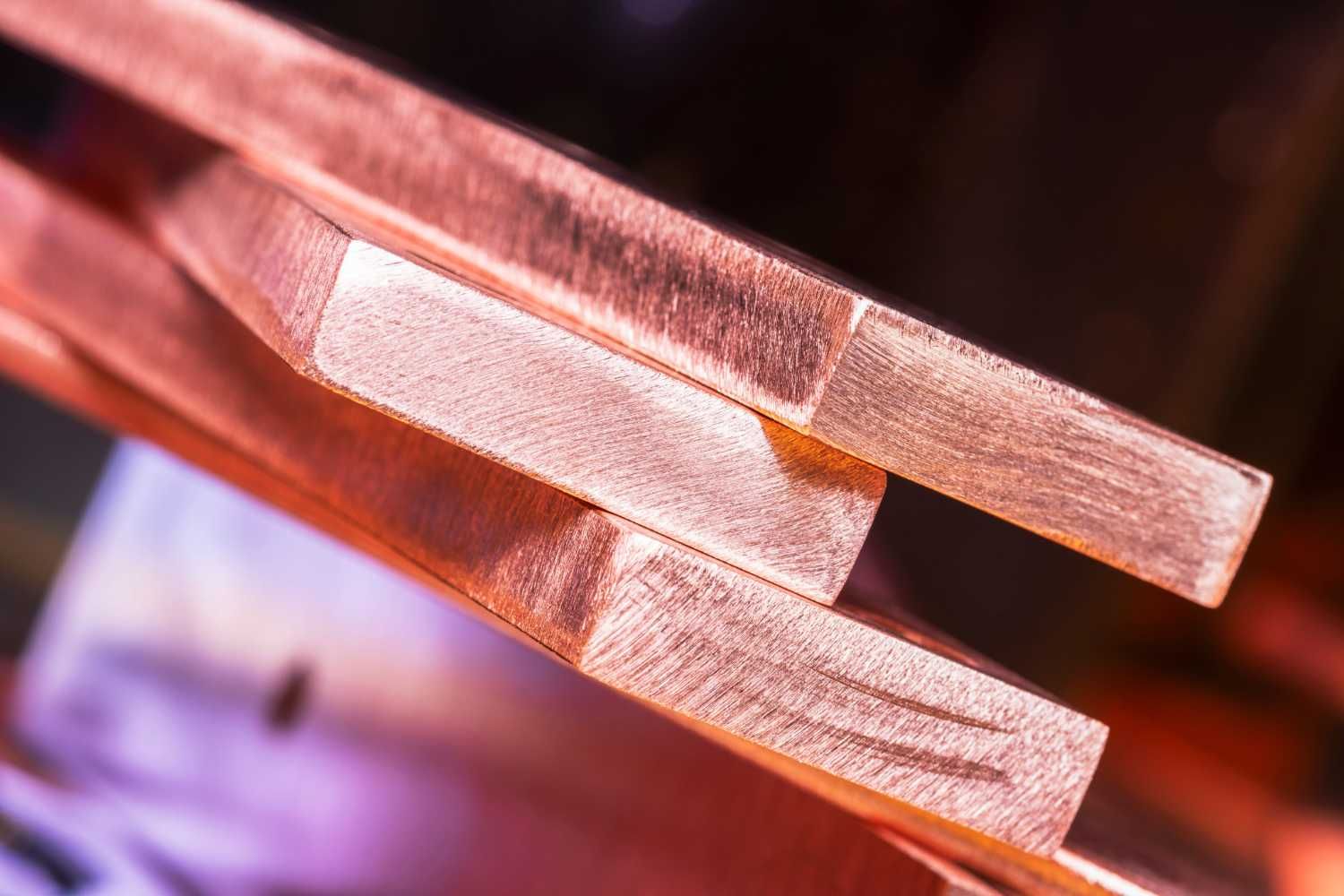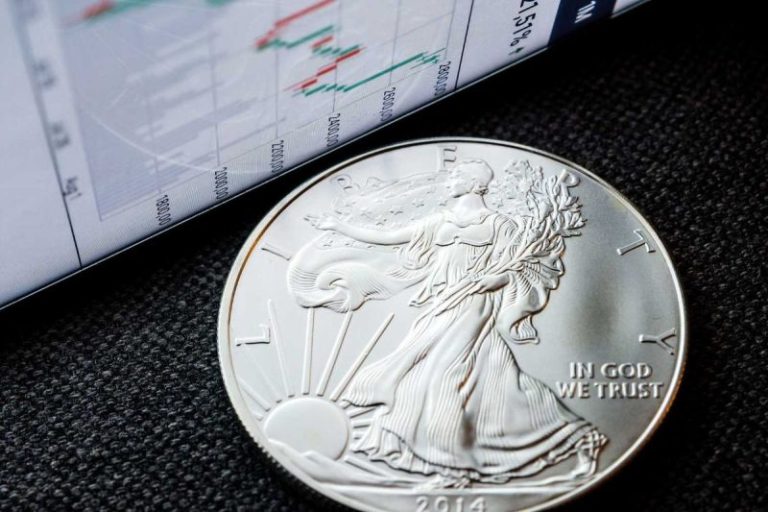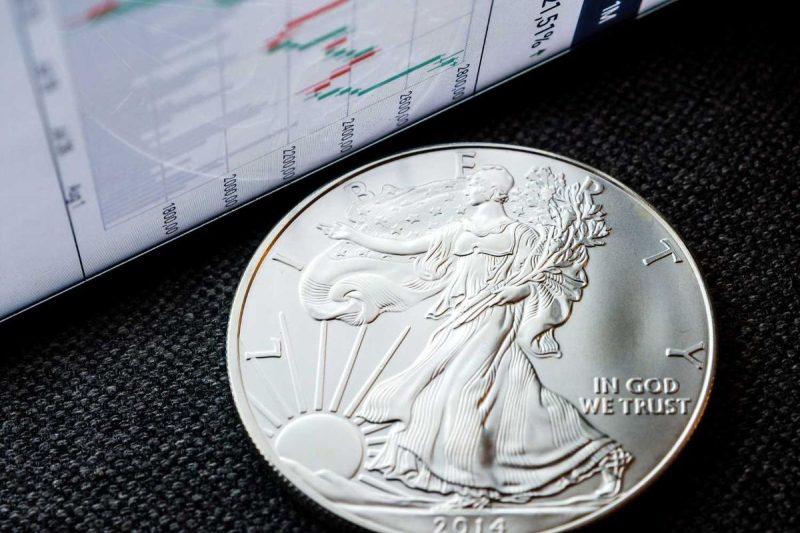
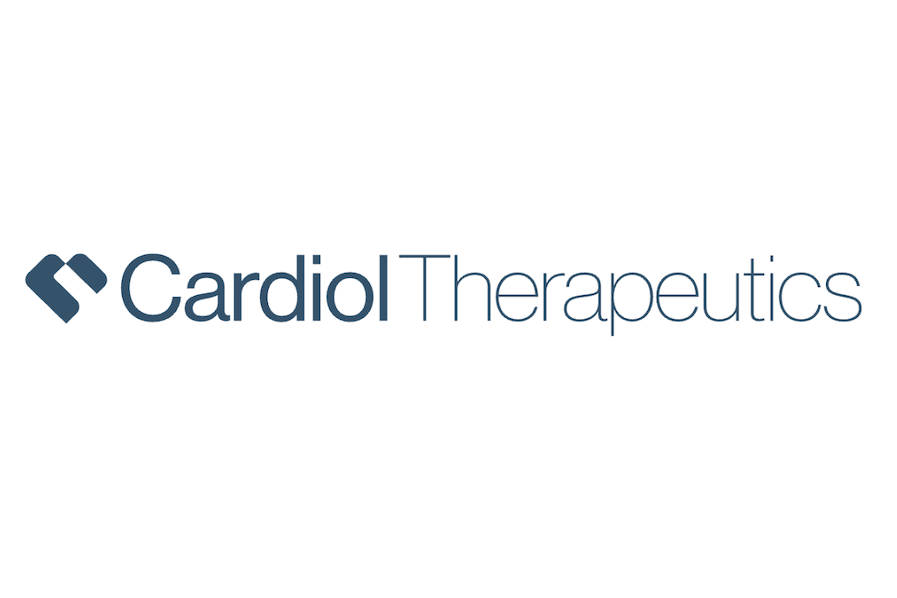
-
MAVERIC Phase III pivotal trial of orphan drug candidate CardiolRx
 in recurrent pericarditis is fully funded through to a planned New Drug Application submission with the FDA.
in recurrent pericarditis is fully funded through to a planned New Drug Application submission with the FDA. -
New data from the ARCHER trial, highlighting the magnitude of reduction in left ventricular (LV) mass and the read through to heart failure, to be presented at a cardiology conference in November 2025.
-
Next-generation therapy CRD-38 for heart failure funded through to clinical development, with partnership discussions advancing with leading pharmaceutical companies.
Cardiol Therapeutics Inc. (NASDAQ: CRDL) (TSX: CRDL) (‘Cardiol’ or the ‘Company’), a clinical-stage life sciences company advancing late-stage, anti-inflammatory and anti-fibrotic therapies for heart disease, today announced the successful completion of the previously announced private placement offering (the ‘Offering’) of units (‘Units’) for total proceeds of US$11.4 million, reflecting closing on all funds previously committed under the Offering.
‘As recruitment in our pivotal Phase III MAVERIC trial gains momentum, with several prominent centers across the U.S. now enrolling patients, we are pleased to have secured a direct investment of US$11.4 million to strengthen our balance sheet and accelerate the development of our novel heart failure drug, CRD-38, based on the recently reported findings from our ARCHER trial,’ said David Elsley, President and CEO of Cardiol Therapeutics. ‘Topline results from our ARCHER trial demonstrated a significant reduction in LV mass-marking the first evidence of structural and remodeling improvement in patients with myocarditis. This landmark finding represents our second clinical validation in inflammatory heart disease and establishes a key translational link to data published earlier this year in the Journal of the American College of Cardiology, which demonstrated the beneficial effects of the active pharmaceutical ingredient or API in CardiolRx on cardiac structure, inflammation, and fibrosis in a model of heart failure. The ARCHER findings support pursuing an additional Orphan Drug Designation for CardiolRx in myocarditis and advancing the development of our next-generation CRD-38 formulation, which delivers the same API via subcutaneous administration, to target the broader heart failure market. Notably, blockbuster drugs that reduce LV mass have been shown to lower heart failure-related death and hospitalization, underscoring the clinical potential of Cardiol’s differentiated anti-inflammatory mechanism to address a large unmet need in heart failure, where five-year mortality rates still exceed 50%.’
Under the Offering, the Company sold a total of 11.4 million Units at a price of US$1.00 per Unit. Each Unit consists of one Class A common share of the Company (a ‘Common Share‘) and one-half of one Common Share purchase warrant. Each whole warrant entitles the holder to acquire one additional Common Share at an exercise price of US$1.35 for a period of 24 months from the date of issuance. The warrants include an acceleration provision, allowing the Company to advance their expiry to the 30th day following the issuance of a news release if the daily volume-weighted average trading price of the Common Shares exceeds US$2.00 for five consecutive trading days. Proceeds from the Offering provide cash resources that are anticipated to support operations into the third quarter of 2027.
The securities have not been registered under the United States Securities Act of 1933, as amended (the ‘U.S. Securities Act‘), or any U.S. state securities laws, and may not be offered or sold to, or for the account or benefit of, persons in the ‘United States’ or ‘U.S. persons’ (as such terms are used in Regulation S under the U.S. Securities Act), absent registration under the U.S. Securities Act and all applicable U.S. state securities laws or in compliance with an exemption therefrom. This news release does not constitute an offer to sell or a solicitation of an offer to buy nor shall there be any sale of any of the securities in any jurisdiction in which such offer, solicitation or sale would be unlawful.
Certain insiders of the Company participated in the Offering. Such participation is considered to be a ‘related-party transaction’ within the meaning of Multilateral Instrument 61-101 – Protection of Minority Security Holders in Special Transactions (‘MI 61-101‘). The Company is relying on the exemptions from the formal valuation and minority shareholder approval requirements of MI 61-101 contained in sections 5.5(a) and 5.7(1)(a) of MI 61-101 in respect of related-party participation in the Offering as the fair market value (as determined under MI 61-101) of the subject matter of, and the fair market value of the consideration for, the transaction, insofar as it involved interested parties, did not exceed 25% of the Company’s market capitalization (as determined under MI 61-101).
About Cardiol Therapeutics
Cardiol Therapeutics Inc. (NASDAQ: CRDL) (TSX: CRDL) is a clinical-stage life sciences company advancing late-stage, anti-inflammatory and anti-fibrotic therapies for heart disease. The Company’s lead small molecule drug candidate, CardiolRx , modulates inflammasome pathway activation, an intracellular process known to play an important role in the development and progression of inflammation and fibrosis associated with pericarditis, myocarditis, and heart failure.
, modulates inflammasome pathway activation, an intracellular process known to play an important role in the development and progression of inflammation and fibrosis associated with pericarditis, myocarditis, and heart failure.
The MAVERIC Program in recurrent pericarditis, an inflammatory disease of the pericardium which is associated with symptoms including debilitating chest pain, shortness of breath, and fatigue, and results in physical limitations, reduced quality of life, emergency department visits, and hospitalizations, comprises the completed Phase II MAvERIC-Pilot study (NCT05494788) and the ongoing pivotal Phase III MAVERIC trial (NCT06708299). The U.S. FDA has granted Orphan Drug Designation to CardiolRx for the treatment of pericarditis, which includes recurrent pericarditis.
for the treatment of pericarditis, which includes recurrent pericarditis.
The ARCHER Program (NCT05180240) comprises the completed Phase II study in acute myocarditis, an important cause of acute and fulminant heart failure in young adults and a leading cause of sudden cardiac death in people less than 35 years of age.
Cardiol is also developing CRD-38, a novel subcutaneously administered drug formulation intended for use in heart failure-a leading cause of death and hospitalization in the developed world, with associated healthcare costs in the United States exceeding US$30 billion annually.
For more information about Cardiol Therapeutics, please visit cardiolrx.com.
Cautionary statement regarding forward-looking information:
This news release contains ‘forward-looking information’ within the meaning of applicable securities laws. All statements, other than statements of historical fact, that address activities, events, or developments that Cardiol believes, expects, or anticipates will, may, could, or might occur in the future are ‘forward-looking information’. Forward looking information contained herein may include, but is not limited to statements regarding the Company’s focus on developing anti-inflammatory and anti-fibrotic therapies for the treatment of heart disease, the Company’s intended clinical studies and trial activities and timelines associated with such activities, including the Company’s plan to complete the Phase III study in recurrent pericarditis with CardiolRx , the Company’s plan to advance the development of CRD-38, a novel subcutaneous formulation intended for use in heart failure, the Company’s presentation and publication of the comprehensive ARCHER trial data, the Company’s belief that results from the ARCHER trial provide compelling clinical proof of concept for CardiolRx
, the Company’s plan to advance the development of CRD-38, a novel subcutaneous formulation intended for use in heart failure, the Company’s presentation and publication of the comprehensive ARCHER trial data, the Company’s belief that results from the ARCHER trial provide compelling clinical proof of concept for CardiolRx and strongly support advancing the clinical development of CardiolRx
and strongly support advancing the clinical development of CardiolRx and CRD-38 for the treatment of inflammatory cardiac disorders including cardiomyopathies, heart failure, and myocarditis, and statements regarding the expected length and scope of funding for the Company’s development plans as a result of the Offering. Forward-looking information contained herein reflects the current expectations or beliefs of Cardiol based on information currently available to it and is based on certain assumptions and is also subject to a variety of known and unknown risks and uncertainties and other factors that could cause the actual events or results to differ materially from any future results, performance or achievements expressed or implied by the forward looking information, and are not (and should not be considered to be) guarantees of future performance. These risks and uncertainties and other factors include the risks and uncertainties referred to in the Company’s Annual Information Form filed with the Canadian securities administrators and U.S. Securities and Exchange Commission on March 31, 2025, available on SEDAR+ at sedarplus.ca and EDGAR at sec.gov, as well as the risks and uncertainties associated with product commercialization and clinical studies. These assumptions, risks, uncertainties, and other factors should be considered carefully, and investors should not place undue reliance on the forward-looking information, and such information may not be appropriate for other purposes. Any forward-looking information speaks only as of the date of this press release and, except as may be required by applicable securities laws, Cardiol disclaims any intent or obligation to update or revise such forward-looking information, whether as a result of new information, future events, or results, or otherwise. Investors are cautioned not to rely on these forward-looking statements.
and CRD-38 for the treatment of inflammatory cardiac disorders including cardiomyopathies, heart failure, and myocarditis, and statements regarding the expected length and scope of funding for the Company’s development plans as a result of the Offering. Forward-looking information contained herein reflects the current expectations or beliefs of Cardiol based on information currently available to it and is based on certain assumptions and is also subject to a variety of known and unknown risks and uncertainties and other factors that could cause the actual events or results to differ materially from any future results, performance or achievements expressed or implied by the forward looking information, and are not (and should not be considered to be) guarantees of future performance. These risks and uncertainties and other factors include the risks and uncertainties referred to in the Company’s Annual Information Form filed with the Canadian securities administrators and U.S. Securities and Exchange Commission on March 31, 2025, available on SEDAR+ at sedarplus.ca and EDGAR at sec.gov, as well as the risks and uncertainties associated with product commercialization and clinical studies. These assumptions, risks, uncertainties, and other factors should be considered carefully, and investors should not place undue reliance on the forward-looking information, and such information may not be appropriate for other purposes. Any forward-looking information speaks only as of the date of this press release and, except as may be required by applicable securities laws, Cardiol disclaims any intent or obligation to update or revise such forward-looking information, whether as a result of new information, future events, or results, or otherwise. Investors are cautioned not to rely on these forward-looking statements.
For further information, please contact:
Trevor Burns, Investor Relations +1-289-910-0855
trevor.burns@cardiolrx.com

To view the source version of this press release, please visit https://www.newsfilecorp.com/release/271249

News Provided by Newsfile via QuoteMedia

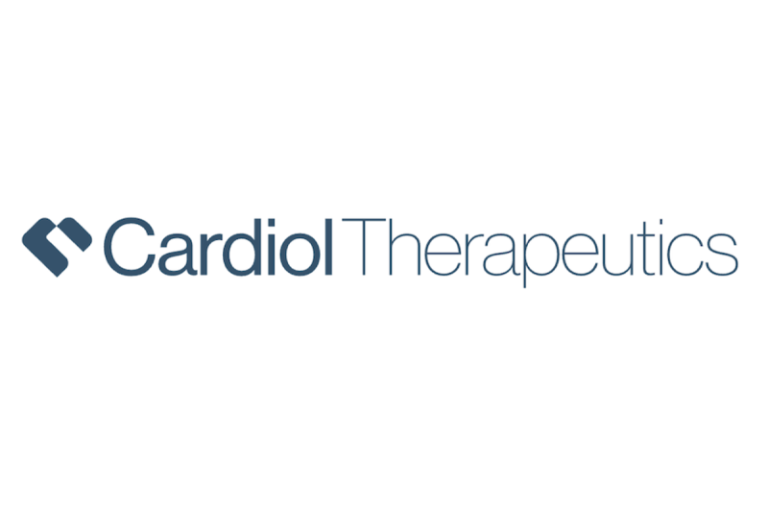
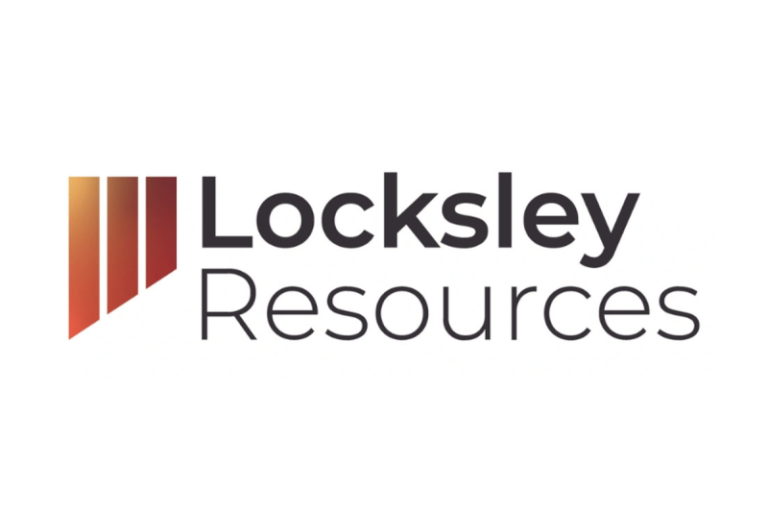

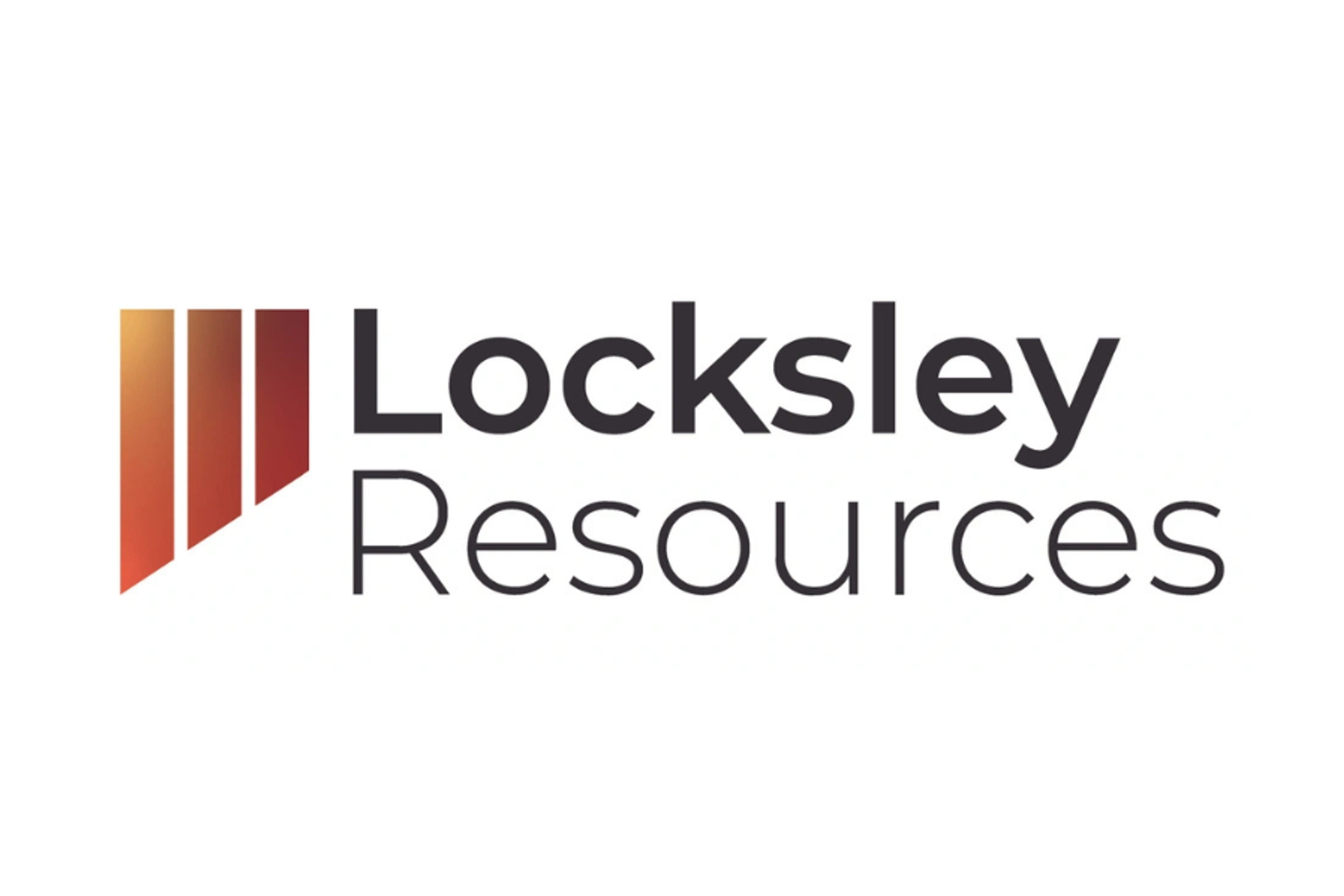
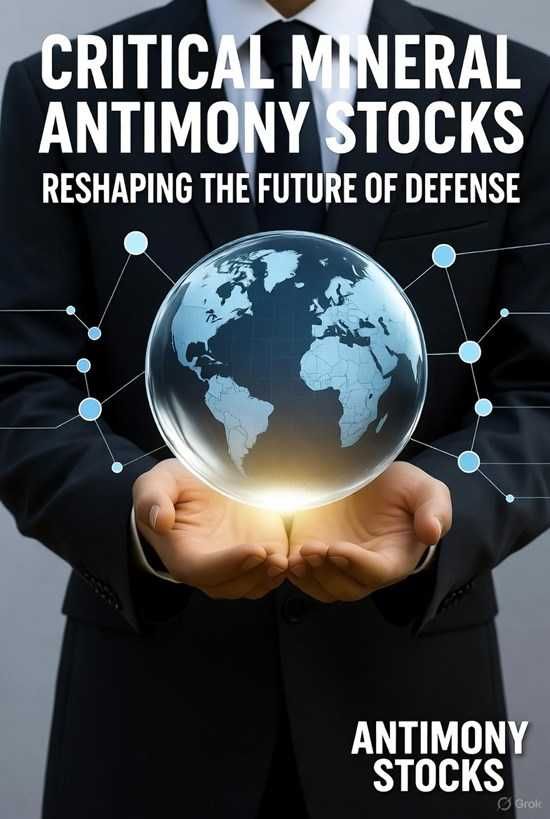


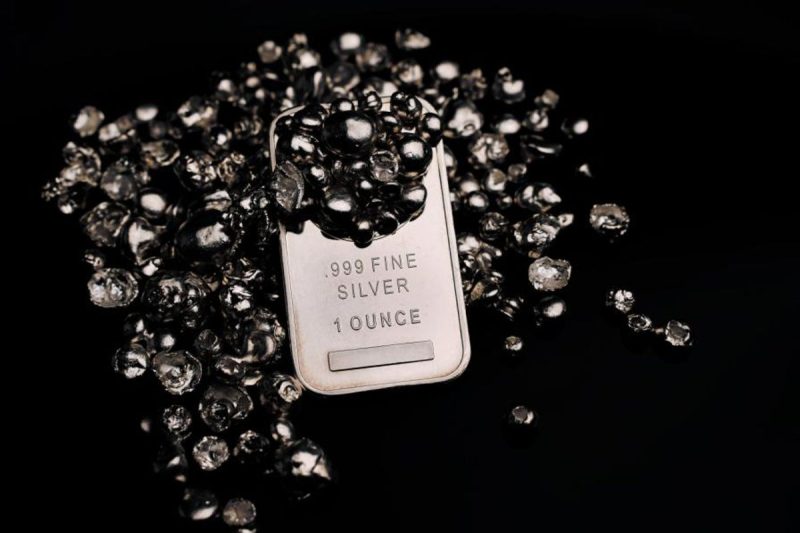
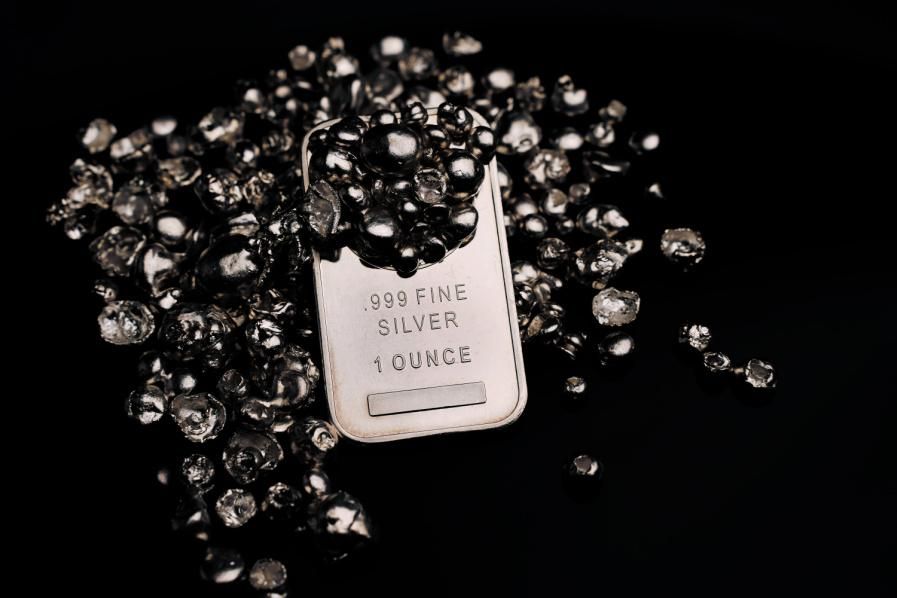




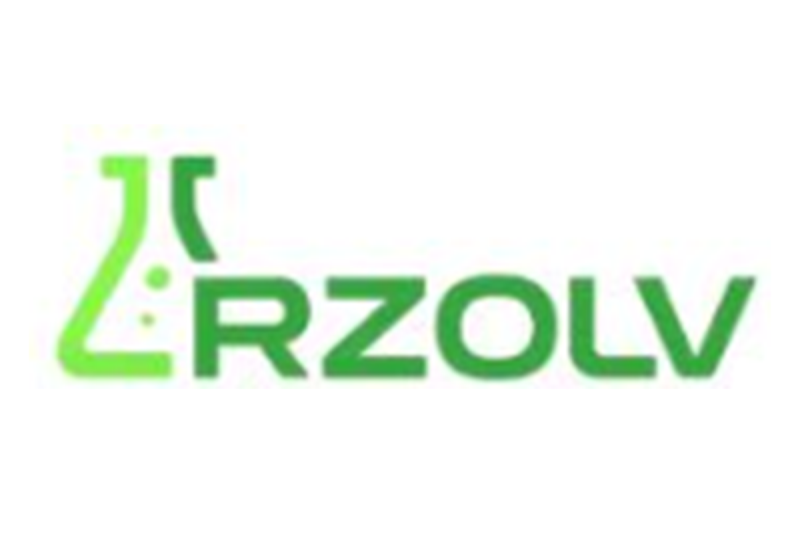

 reagent system.
reagent system.
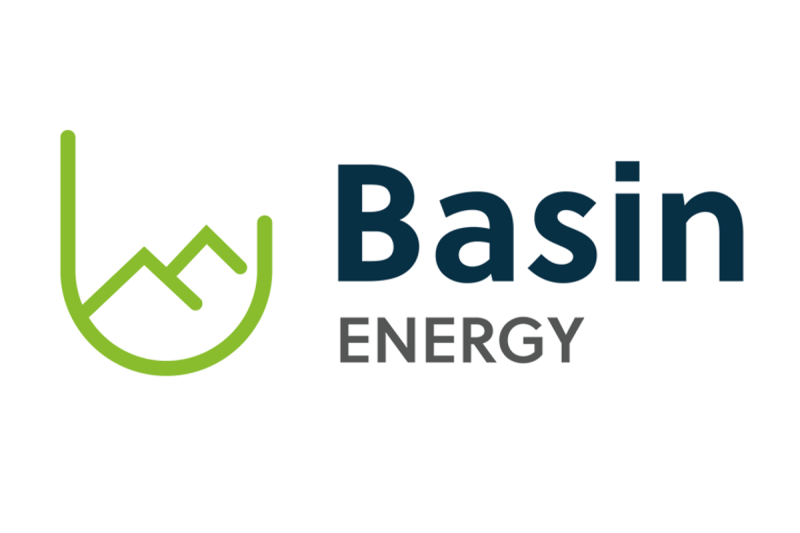
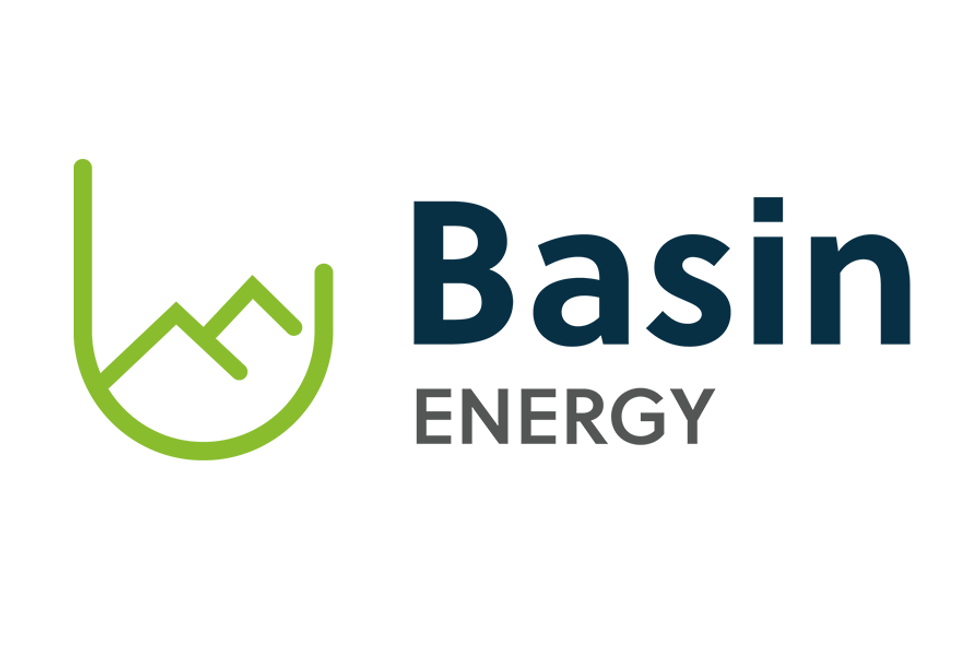 Basin Energy (BSN:AU) has announced Significant Mineralisation Confirmed In Sweden
Basin Energy (BSN:AU) has announced Significant Mineralisation Confirmed In Sweden




